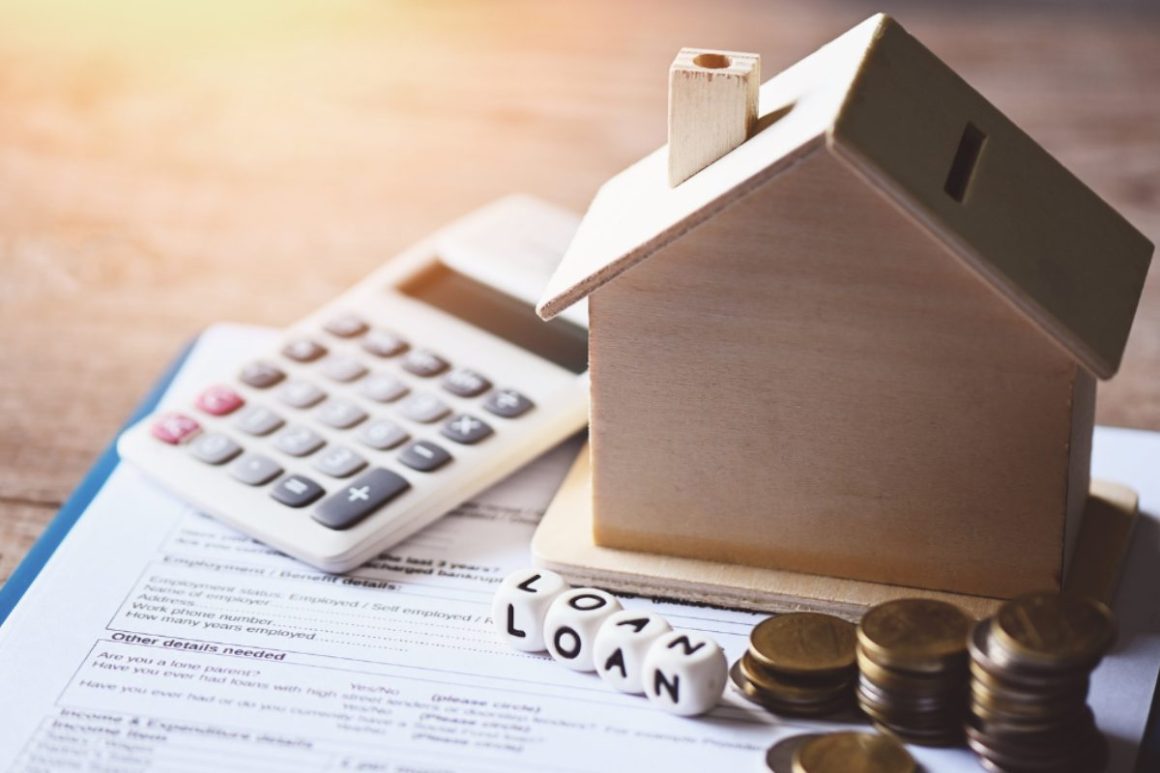In the U.S., households owe $18.036 trillion in debt, according to Fool.com. About 70% of that debt comes from mortgages. The average household debt in 2024 stood at $105,056, which explains why more people turn to consolidation loans every day to eradicate their debt, says financial lending entrepreneur Houston Fraley. Consolidation can’t solve the problem by itself, though; Americans must learn to live on a budget and restrict spending to what they earn.
Table of Contents
Living Better While Earning Less
The service industry took off in the 1990s and has remained strong. Growth in this area provides many jobs, but they feature low pay and few benefits. Think in terms of wait staff, store clerks, and grocery stockers.
The gig economy growth also gave rise to many independent contracting positions, but gigs like driving for Uber or Lyft and delivering goods for DoorDash, Postmates, or GrubHub don’t pay a living wage, nor do they include benefits. These realities mean it makes sense to learn to live well on the income available while obtaining an education or improving skills to land a better-paying job.
Taking Advantage of Free Schooling
Online platforms like Coursera and EdX offer free courses from top universities worldwide. A person can audit nearly any course for free. Earning course credit and a certificate proving completion costs a fraction of tuition costs through any of the universities. Both platforms offer financial aid and scholarships.
Apply for Grants and Government Assistance
Make your tax dollars work for you and increase the amount you have each month for necessities by applying for government grant programs. Many households in the U.S. have yet to take advantage of helpful programs for which they qualify. For example, according to the U.S. Department of Agriculture, 82% of households that qualify for the Supplemental Nutrition Assistance Program (SNAP), which provides monthly grant money to purchase groceries, take advantage of the program, but that leaves 18% of the nation without support for which it qualifies.
The number of eligible people taking advantage of this program varies by state. Between 55% and 75% of those who qualify for SNAP use the program in the following states:
- California
- Texas
- Arkansas
- Mississippi
- North Carolina
- Virginia
- Indiana
- North Dakota
- Wyoming
- Idaho
- Kansas.
In some states, about 45% of households that qualify for SNAP have not applied.
Other programs exist to help with personal grants for heating costs, cooling costs, health insurance, education, and buying a house. As the official government website, USA.gov, states, “Avoid ‘free money’ from government scams,” by only using the official website and state government websites to which it links. Qualifying for programs like the Low Income Home Energy Assistance Program (LIHEAP) or a Pell Grant to pursue education helps a household save money. Some households don’t know about the programs, while others don’t understand the application process or dislike the stigma placed on such programs, according to Healthcare Economist.
Put Money Saved to Work Eradicating Debt
Put that savings to work for you by using it to get out of debt faster. Imagine if you could pay all the grocery money you currently spend from your earnings on a consolidation loan payment. That could happen if your household qualifies for SNAP. Freeing up money you earn, and then applying it to your debts can help each American household get out of debt.
Here are two things to know that most people don’t about finances. First, when you apply for a consolidation loan from a lender like Symple Lending, it considers all of your income streams. That means you report your job earnings, alimony, child support, disability payments, Social Security payments, government grant money, etc. It all counts toward your income.
Second, a consolidation loan does more than let a person pay off all their credit cards or other loans at one time. In many cases, the consolidation loan features a lower interest rate than the credit cards paid off with it. That factor reduces the total amount the individual owes. Any loan or credit card with a balance transfer option and a lower interest rate than the current one achieves this.
Get Started Getting Out of Debt Today
Leverage the benefits your tax dollars pay for today. Apply through usa.gov for personal grants and enjoy the freedom of a higher income. Instead of working less, use the money freed up by these grants to pay off debts.


